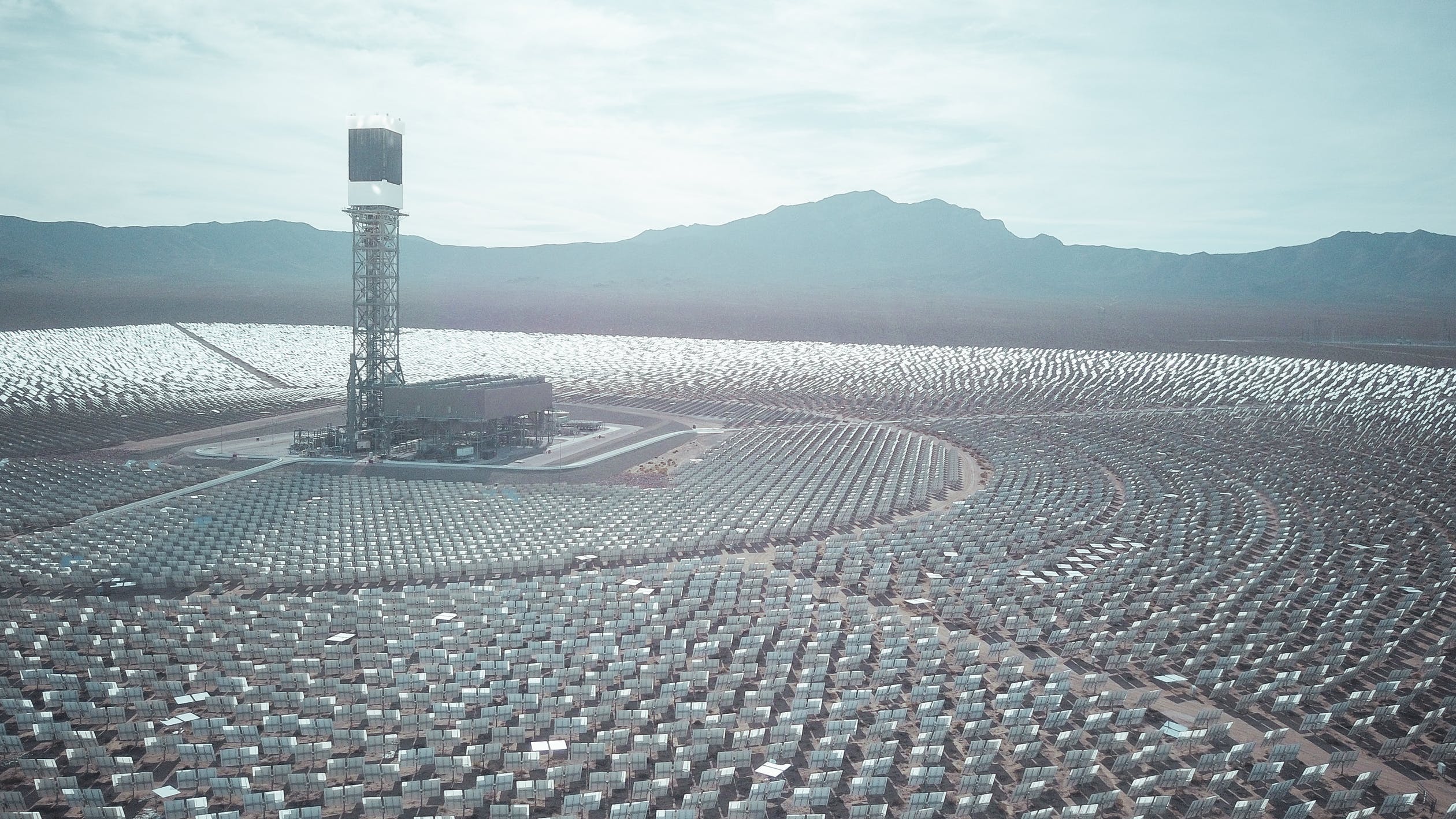Energy
Morocco leads the MENA region in the use of renewable energies

The technology magazine MIT Technology Review has recognised Morocco's work with the environment in its 'Green Future' report on 76 territories. The African country has now become the leader in renewable energy in the entire MENA region (Middle East and North Africa).
Since 2009, King Mohammed VI has been stressing the importance of using environmentally friendly ways of consuming and producing energy. "Today, we are not only carrying out projects related to renewable energies, but we have a global strategy with objectives to achieve. For example, in 2009 we set a target of 42% renewable energy capacity by 2020. Today, the target is 52% capacity by 2030," said the Alaouite monarch.
Morocco has spent $5.65 billion on renewable energy over the last ten years. The Kingdom also has significant energy potential, as it has all the resources that can be obtained to look towards a "green" future. By the end of 2019, Morocco had reached 3,685 megawatts, 700 of which came from solar, 1,215 from wind and 1,700 from hydro. And these changes have brought benefits for the territory, since thanks to the use and production of energy, it is possible to increase incomes, expand job offers, a great increase in the development of the agricultural sector, etc.
But the Maghreb kingdom's goals do not end there. With this breakthrough in the green market, the country has set itself the goal of reaching 52% renewable energy by 2030, and they affirm that, if possible, by 2050, all the energy consumed will be 100% ecological and of high quality.
This change to this type of energy was due to the fact that 15 years ago, the Moroccan energy authorities noticed that the country was 90% dependent on the energy sector and that energy consumption was increasing. After drawing up several reports, they began to consider change. One of the best examples of the transformation in the region was the installation of the Noor Ouarzazate solar complex. It is a project that uses both solar thermal and photovoltaic energy and provides clean energy to more than one million homes, because it produces around 580 megawatts. Another of its major commitments is the installation of a system to reinforce electrical connections. In addition, thanks to the opportunities offered by the country and its interest in the green sector, many financial organisations have already helped to finance many of these projects, such as the FIEM, the Ministry of Industry, Trade and Tourism, the German GIZ, the French AFD and even the European Bank for Reconstruction and Development.
Aware of the change, the Moroccan government's main objective is to reduce greenhouse gas emissions. According to the Embassy of the Kingdom of Morocco in Madrid, Morocco accounts for 0.17 per cent of the world's greenhouse gas emissions, as it is highly dependent on the use of fossil fuels such as oil and coal. But aware of these problems, the North African region has turned its attention to environmentalism, and it seems to be on the right track towards a better future for all.
Jorge Ortiz